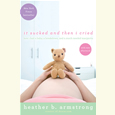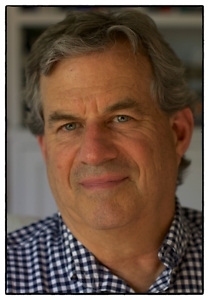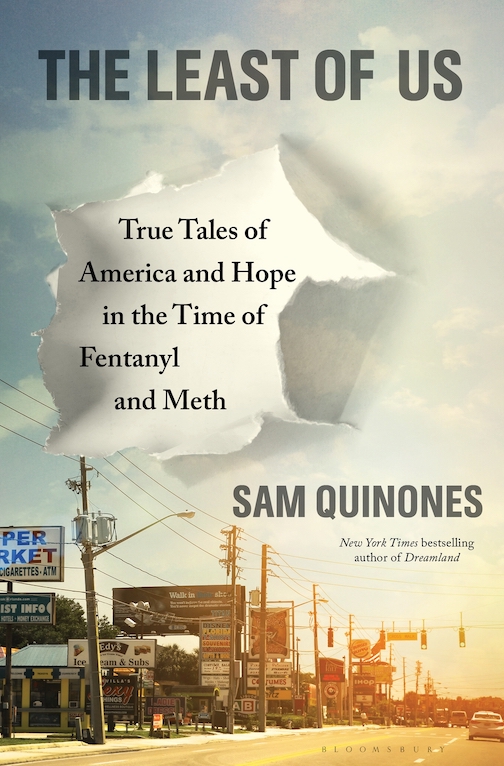Feeding the Hope Machine
Salvatore Scibona, one of The New Yorker‘s new “20 Under 40” writers, talks with Chapter 16
In 2008, Salvatore Scibona’s first novel, The End, was a finalist for the National Book Award—a coup for its author and for its publisher, the tiny, nonprofit Gray Wolf Press. The NBA distinction helped propel sales of the novel, which has become a favorite of book clubs. Scibona’s burgeoning career received another boost in June, when The New Yorker named Scibona to its “20 Under 40” list of young writers who are bringing fresh voices to American fiction.
Scibona has said that he spent ten years writing The End, though he ended up cutting most of what he produced in the first five years (nearly 600 manuscript pages). He concedes that his methods were not efficient—“The writing process resembled the probably wasteful method of building a stone bridge in which a wooden bridge is first erected, the stone is fitted overtop of it, and then the wood is dismantled and burned”—but the result is a tightly constructed narrative brimming with vitality and originality.
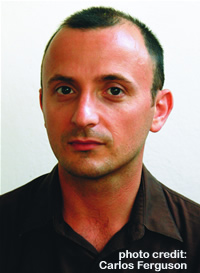 The End centers on a single, tumultuous day in Elephant Park, Ohio—an ethnically mixed Cleveland neighborhood packed with Italian immigrants—but it dips back into the preceding seven decades to trace its characters’ peculiar journeys to the chaotic climax. The intertwined stories begin on August 15, 1953 (Assumption Day), when a baker, Rocco LaGrassa, receives the news that his son has died in a North Korean prison camp. In response, Rocco begins a journey that will expose him to shades of reality that he has been blinded to for decades.
The End centers on a single, tumultuous day in Elephant Park, Ohio—an ethnically mixed Cleveland neighborhood packed with Italian immigrants—but it dips back into the preceding seven decades to trace its characters’ peculiar journeys to the chaotic climax. The intertwined stories begin on August 15, 1953 (Assumption Day), when a baker, Rocco LaGrassa, receives the news that his son has died in a North Korean prison camp. In response, Rocco begins a journey that will expose him to shades of reality that he has been blinded to for decades.
In succeeding chapters, Scibona introduces other characters—an elderly abortionist, a seamstress, a teenage boy, a jeweler—whose lives intersect Rocco’s. Their stories converge at the sprawling carnival on Assumption Day, when racial hostility and murder throw the town into turmoil. Scibona offers a disturbing, introspective twist on the conventional immigrant story of sacrifice and survival. His novel is less concerned with how Sicilians learned to become Americans than with how people summon the courage to confront the dark “crevasses” in their own minds.
Prior to his public reading at Vanderbilt University tonight, Scibona answered questions for Chapter 16 via email.
Chapter 16: Your first novel, The End, has an intriguing array of characters and an enormous historical sweep. In writing it, how did you manage to keep all the parts organized in your mind?
Scibona: I didn’t, or not all at once. That might be one of the big differences between a novel and a short story. It seems possible to keep all the principal moving parts of a story in the brain at once. A novel is a shaggier beast. You might spend years working on a novel section and forget that it violates information that earlier sections asserted. You don’t quite see it until you go back and read the novel in long swaths, a couple of hundred pages at a time, at something more like the speed the reader would use.
On the other hand, the advantage of that forgetfulness is that you can get so deeply down into the weeds of one part of the book that you genuinely lose sight and control over the earlier parts of the book and their intractable flaws. So that you can go back later, and, with the experience of the later chapters, make a single brisk change that solves a problem you’d have spent months hacking at before.
Chapter 16: The End was a finalist for the National Book Award. How did that honor (and others—you’re one of The New Yorker’s “20 Under 40” authors) affect your life as a writer, if at all?
Scibona: Sunny weather for an afternoon, but they don’t change the climate I live in. I still go to the same desk, chair, blank piece of paper. I suspect the thing I’m writing right now would be much the same if my first book had never seen the light of day.
Chapter 16: In June, The New Yorker published your story, “The Kid,” which ends ambiguously, with its main characters left in limbo. Any idea why the editors chose that piece?
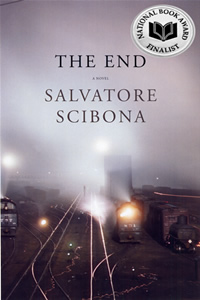 Scibona: I surely don’t know. But as to limbo: even a story that murders all its characters in the last line has left the reader with the ambiguity of whether they will then proceed to an afterlife.
Scibona: I surely don’t know. But as to limbo: even a story that murders all its characters in the last line has left the reader with the ambiguity of whether they will then proceed to an afterlife.
I mean, the reader is a hope machine. The issue isn’t whether a story will answer all the hopes and questions it raises. The issue is how it will manage the drive we have for perfect resolution and the impossibility of our ever experiencing such a thing. We desire to leave the world of a story with our hopes either fulfilled or destroyed; both are the hopes of the infant mind we still carry with us that has not yet learned to tolerate ambiguity. I want to use language to eliminate every possibly unnecessary ambiguity. But in the end, the best you can do is to shape the reader’s sense of a continuing story. Maybe it bears continual repeating: “happily ever after” is not possible; anything ever after is not possible.
We may leave a character at the moment when it seems all his troubles might come together in one grand resolution. Or we may leave him at the moment when his remorse for his sins is at its most excruciating. In either case, the reader is left with a space in which to imagine an afterlife. The emptiness of the space is sacred. The writer shapes it but does not speak in it.
Chapter 16: What is the most helpful piece of writing instruction that you have received?
Scibona: Just at the moment, the best advice is maybe the note Kafka supposedly tacked over his desk. It said: “Wait.”
Chapter 16: Which authors do you return to for inspiration?
Scibona: They change over time. I’m a serial monogamist with writers. I will discover a writer, and a hitherto unknown part of my heart will open up and I will fall so desperately in love that I begin to feel I’ve discovered the one true faith, that the truth this writer has exposed in my heart, in my morality, in my sexual imagination, in my philosophical curiosity, in my experience of the physical world, is so thoroughly real that I have always known it and I have spent my whole life until now denying it. Often I will read all this person’s books, and when I finish them I will be depressed and lonesome, as though the person has died. However, most of them are dead to begin with.
A list: Graham Greene, Plato, Virginia Woolf, Halldór Laxness, Toni Morrison, William Faulkner, Shakespeare (unavoidably), Homer, Saul Bellow, Don DeLillo, George Eliot, Pascal, Joy Williams, James Salter, the Bible (unavoidably), Annie Dillard, Freud (a literary writer, really). Lately I really like the work of the British psychoanalytic writer Adam Phillips.
Chapter 16: What are you working on now?
Scibona: I appear to be writing some kind of novel.
Salvatore Scibona will read from his work at 7 p.m. on September 23 in Buttrick Hall, Room 102, on the Vanderbilt University campus.



